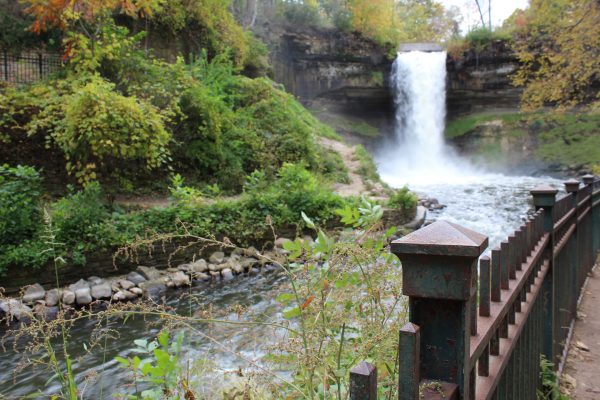
Originally posted May 16, 2018.
After a particularly long winter, spring has finally sprung in our snowy corner of the United States. As the weather improves, people are emerging from their winter sanctuaries to enjoy the warmth and sunshine outdoors. But there may be more to these everyday adventures than just taking a stroll. In fact, going out in public — whether riding transit, taking a walk, or gathering in large groups — is an act influenced by social factors, like identity and bias. In a recent article, Michael DeLand and David Trouille examine these daily explorations through their new theoretical lens.
DeLand and Trouille describe different styles of “going out” on various spectrums. The first includes the level of interactions with others. While some go out to be alone, others go out to seek social engagement. Outings also differ by commitment. Some may head outside to wander and explore, and others may venture with a specific task in mind, like joining a public sporting event or going for a run. Each outing is dynamic — an individual may intend to stroll alone through a park, then stumble across a game of soccer and change plans.
The authors also discuss how social structures and identities influences the styles of going out. For example, structural inequalities and individual identities influence which public spaces an individual may feel safe inhabiting. For example, in Trouille’s ethnographic work he describes tension between styles of “going out” for Latino immigrant men and their neighbors. The men he observed drank in a Los Angeles park since bars were too expensive and unsafe. While some neighbors found this maddening, the Latino men made plans based on structural restraints — and this vantage point of “going out” allows for deeper insight into the ways that inequality impacts day-to-day life. In short, the social world influences decision processes like these every time we step outside.

Comments